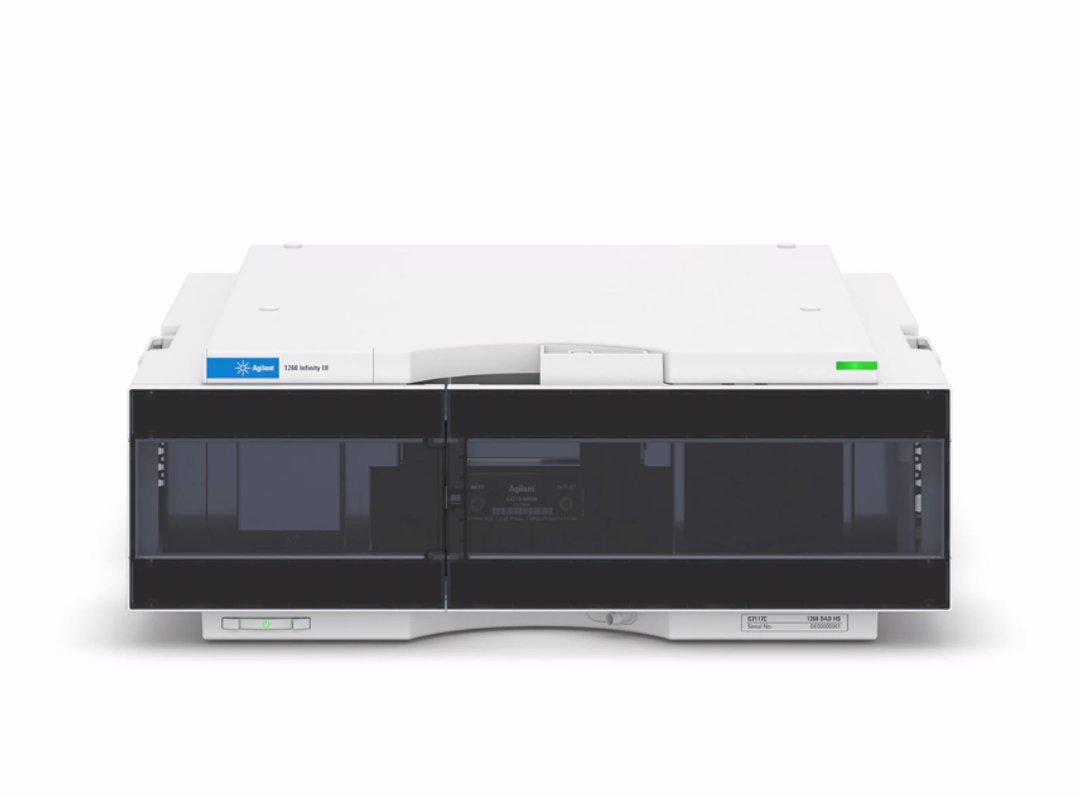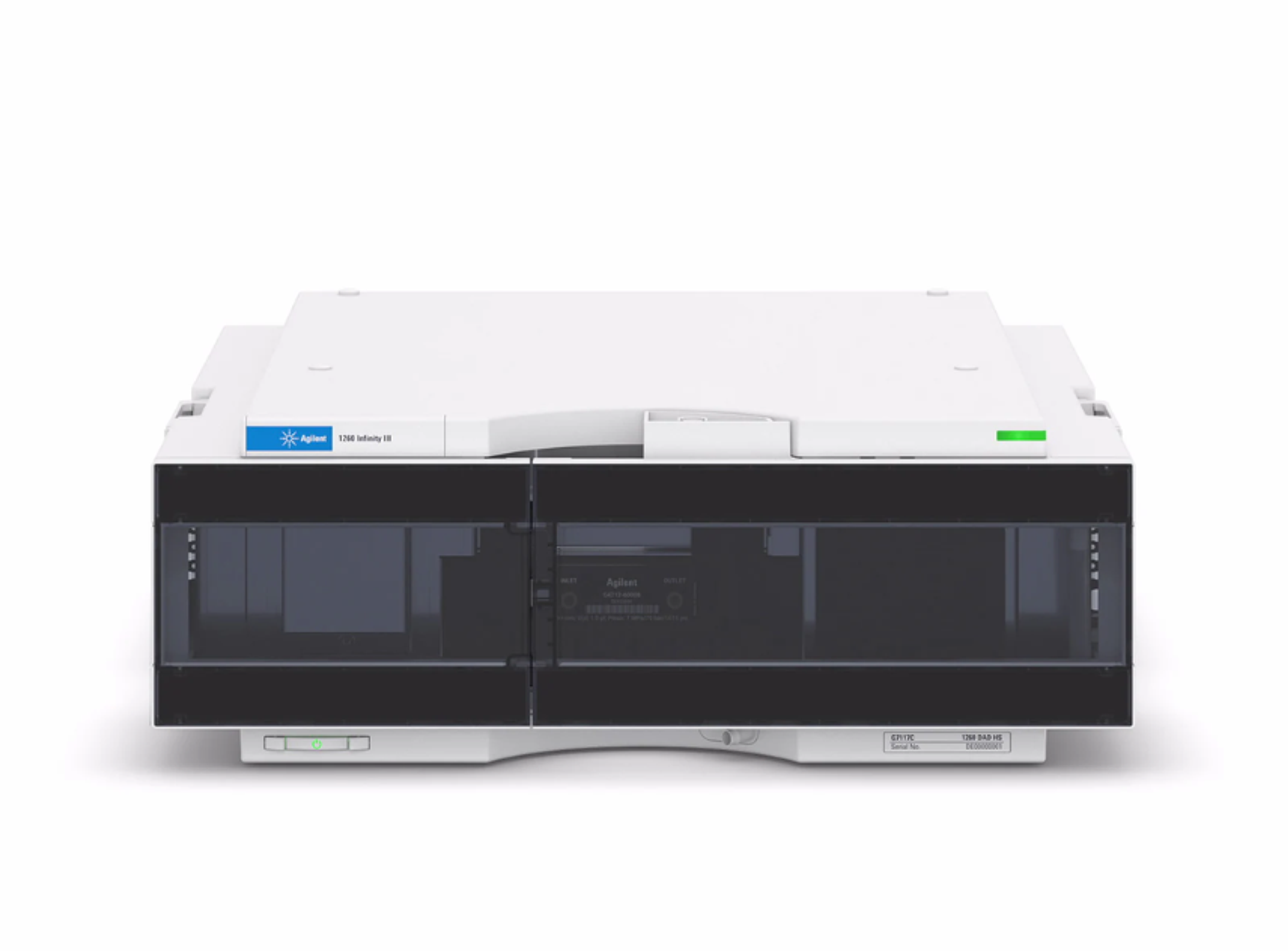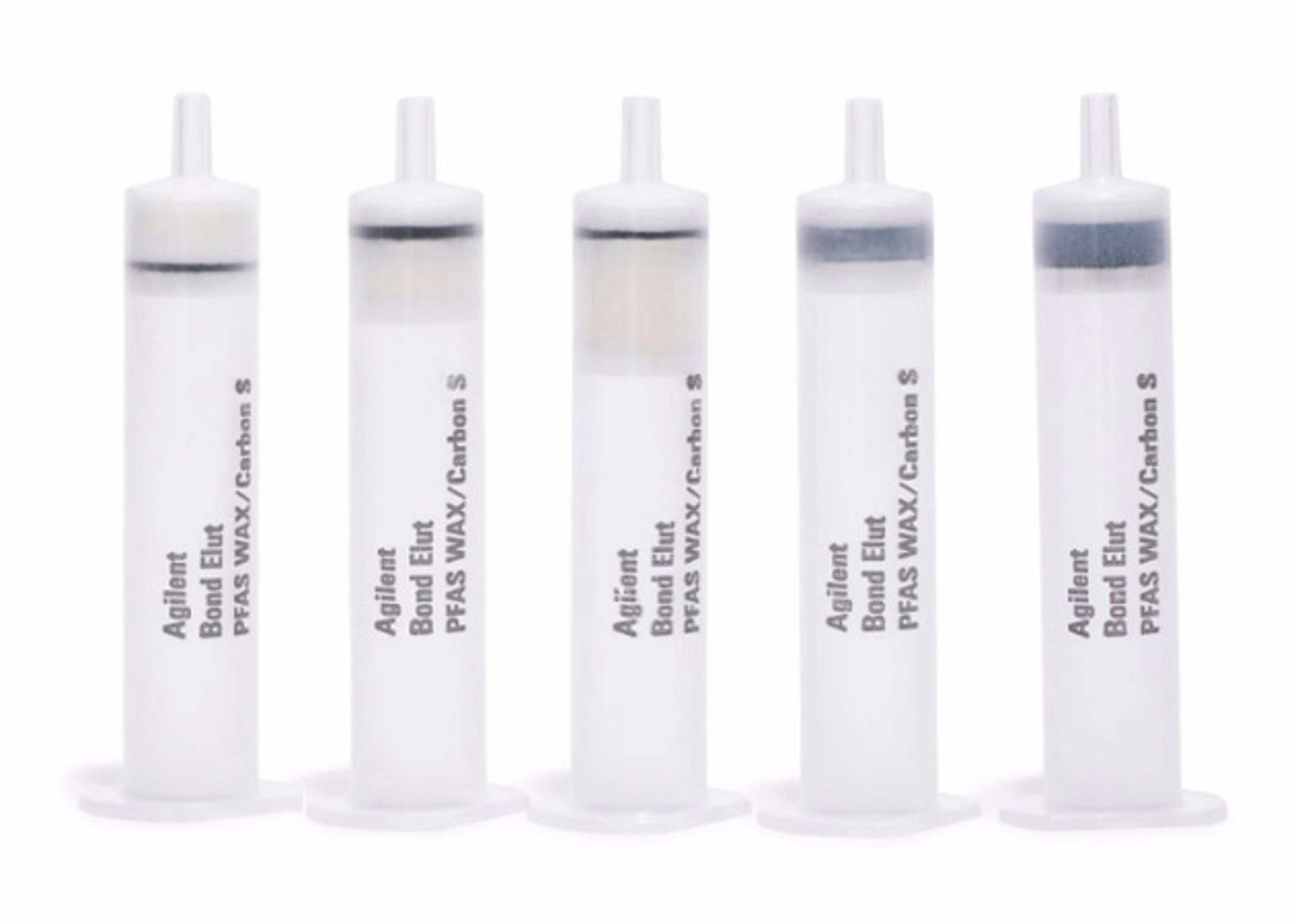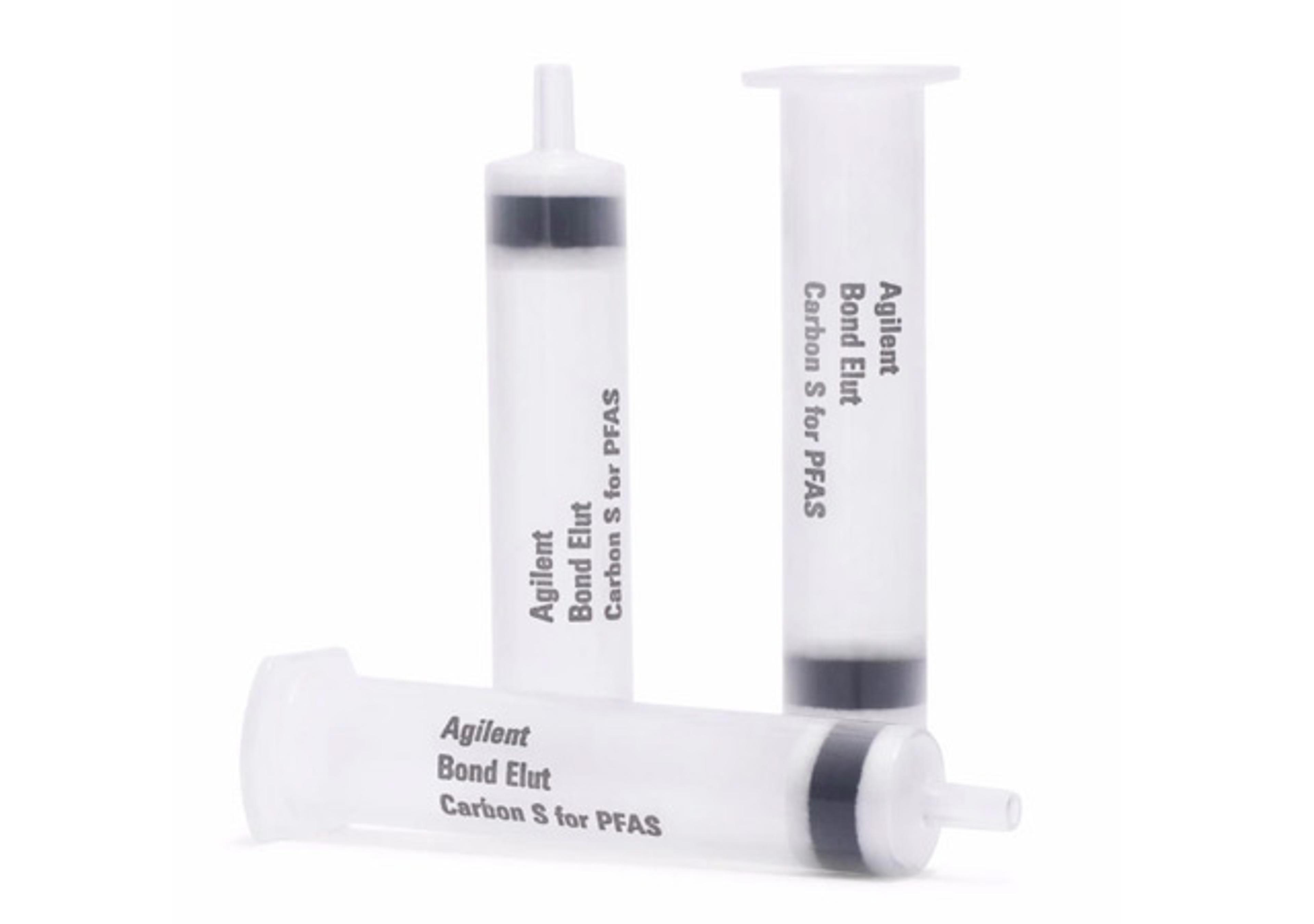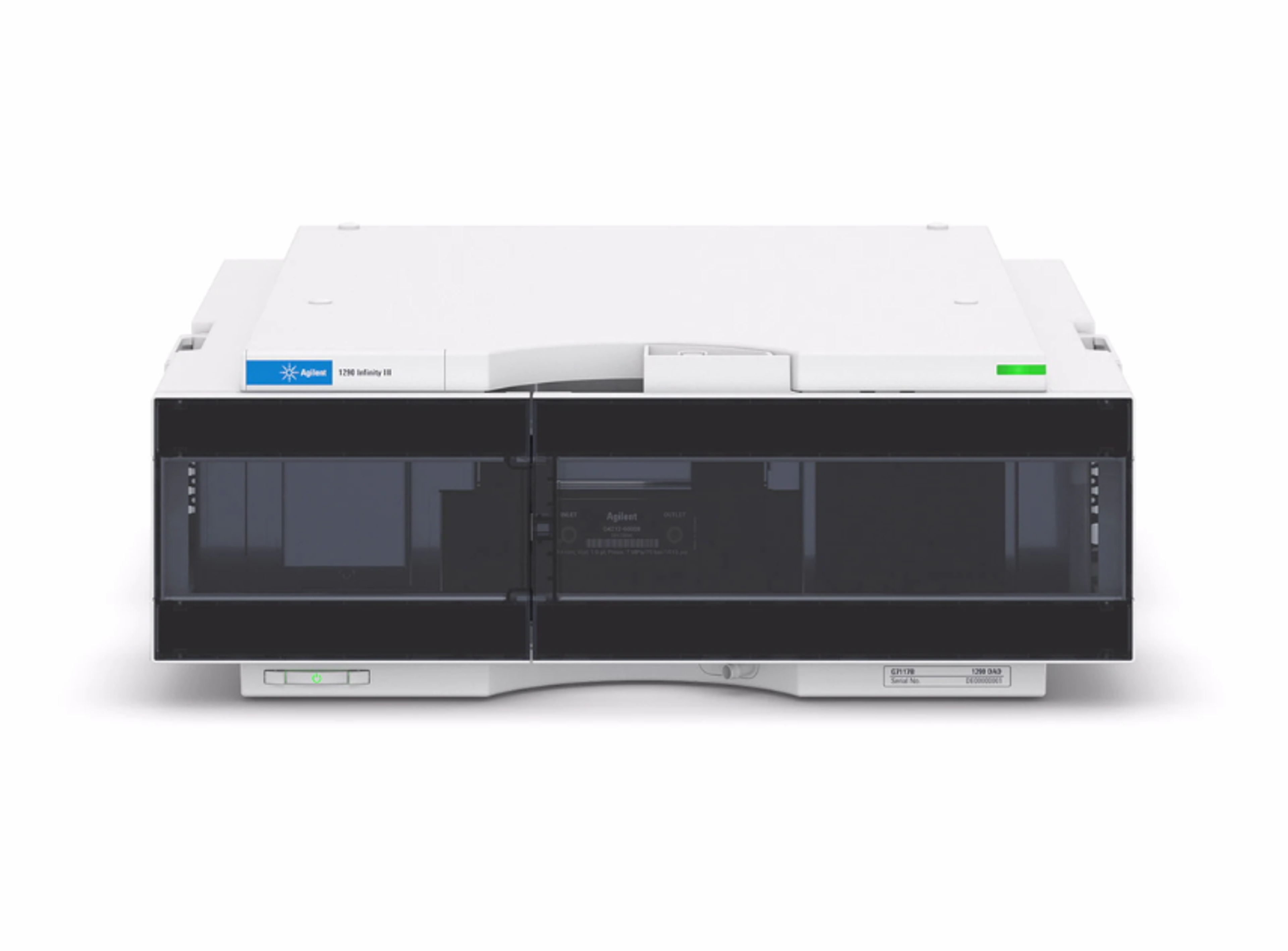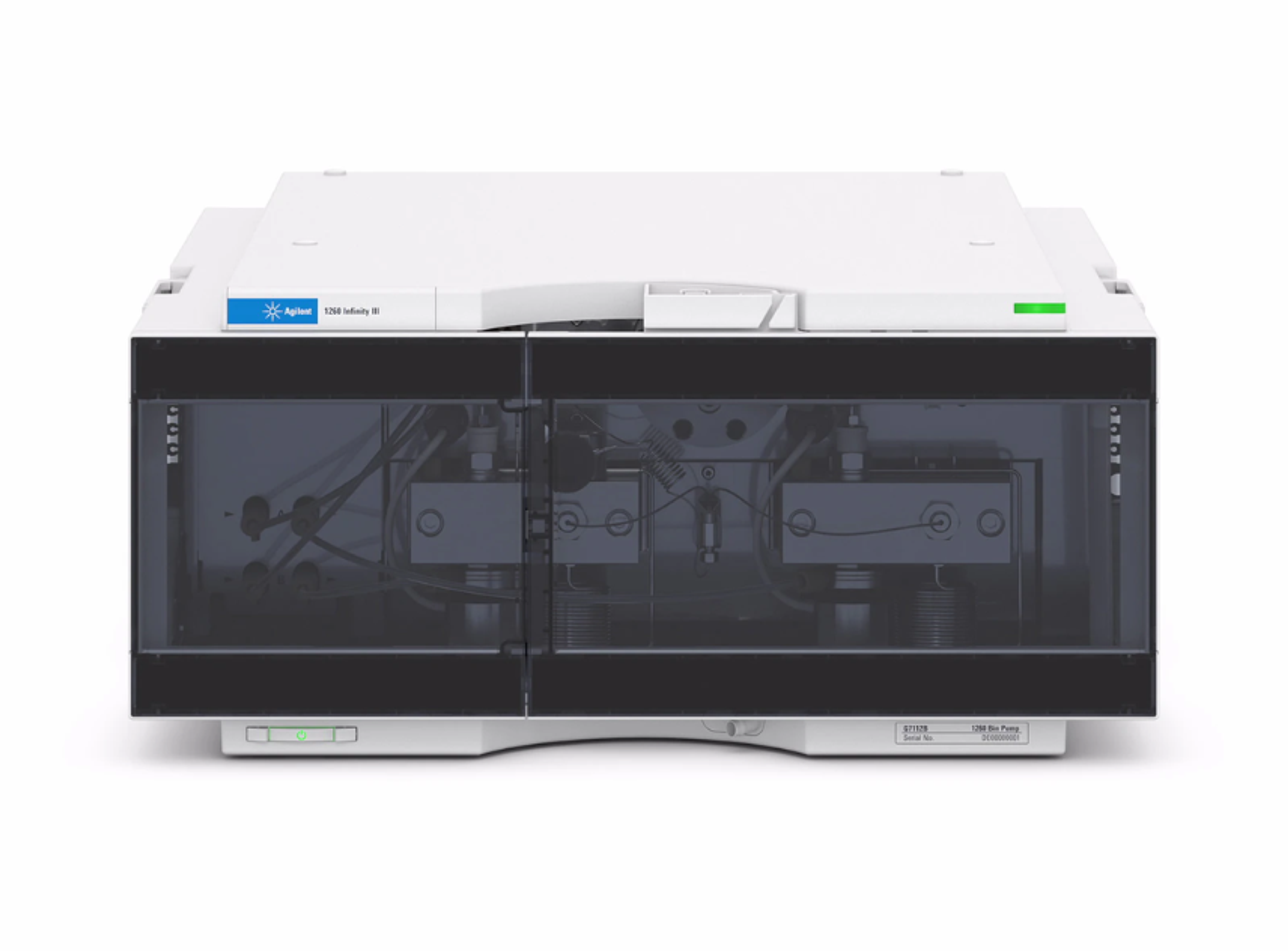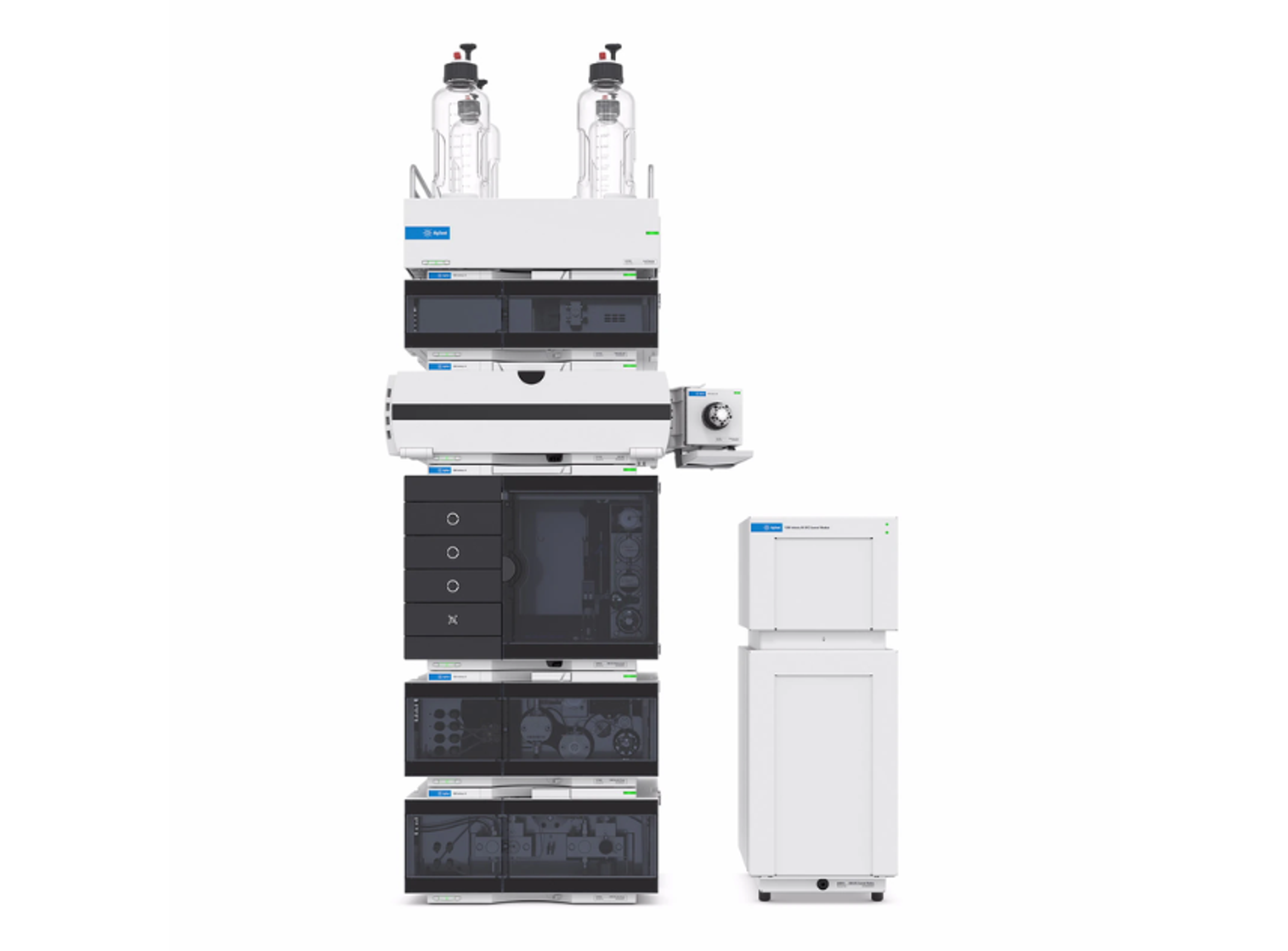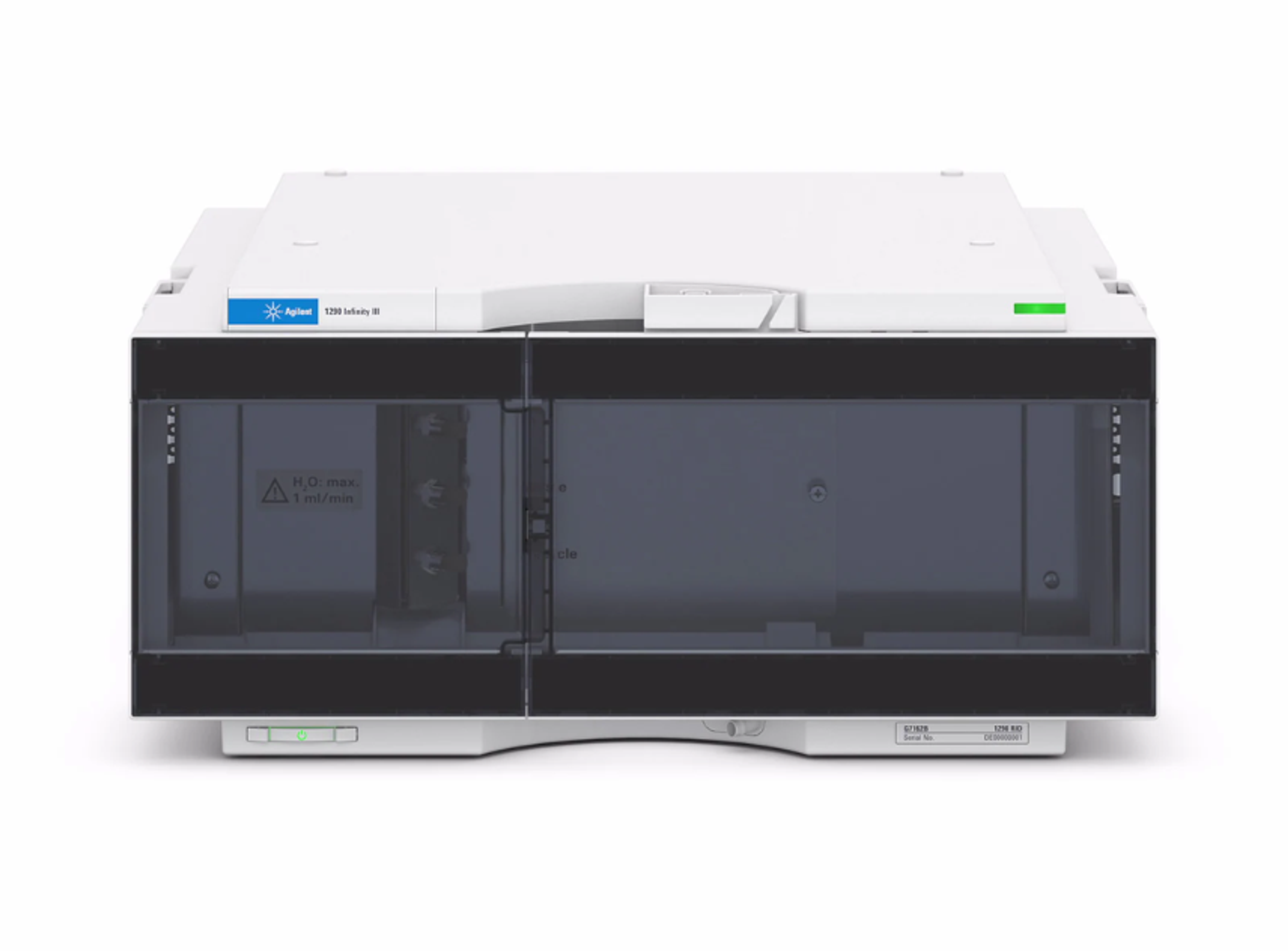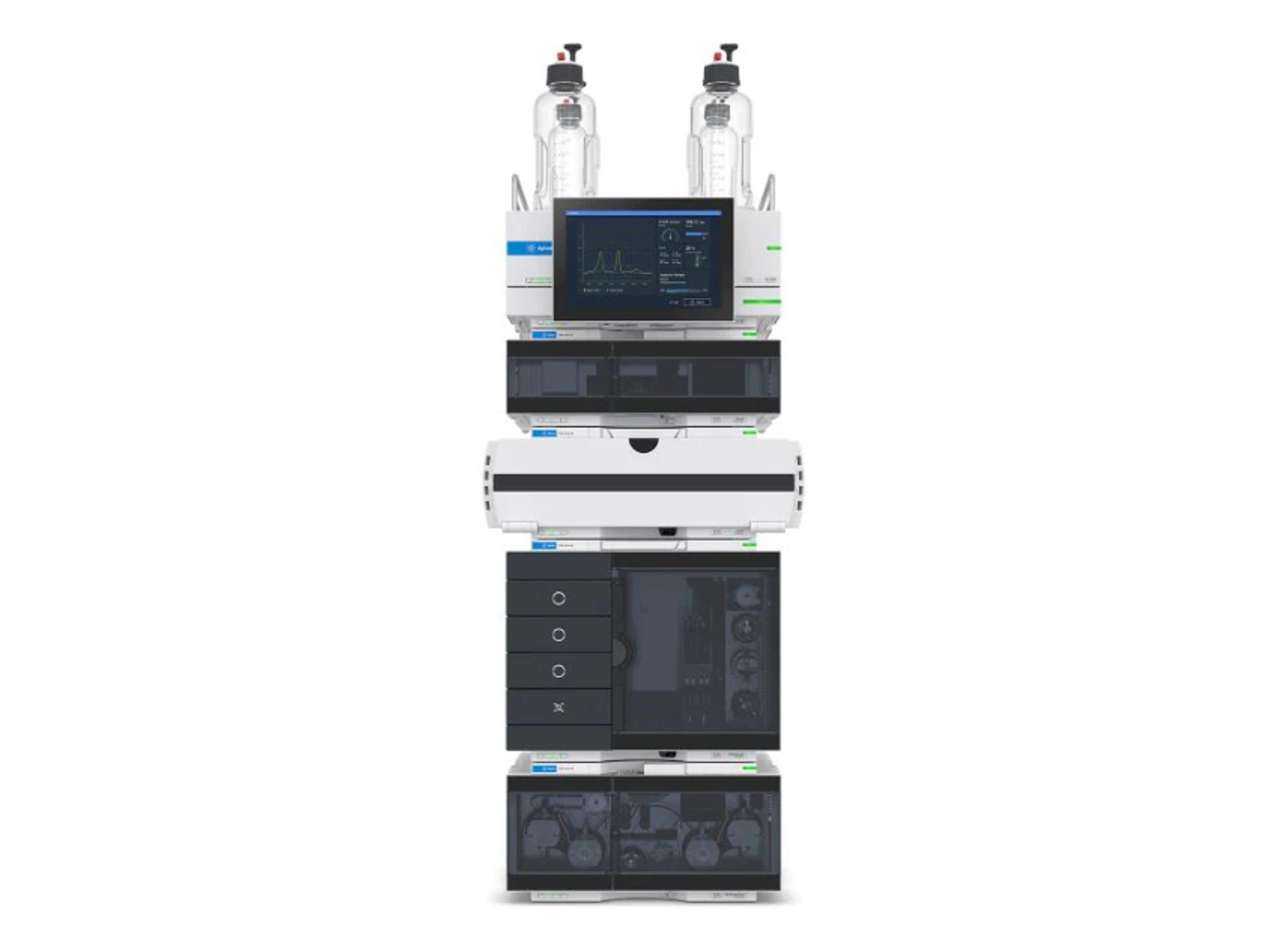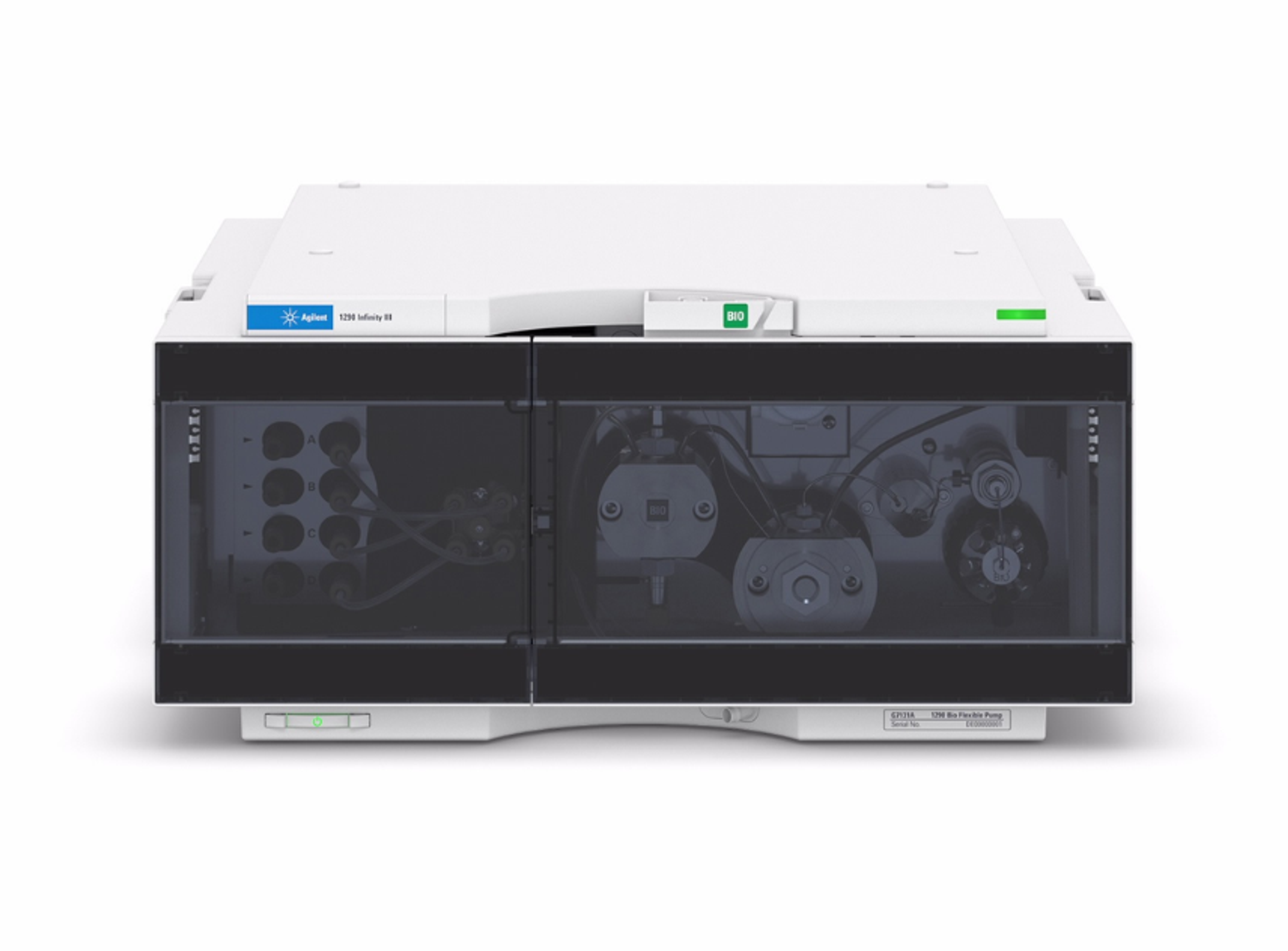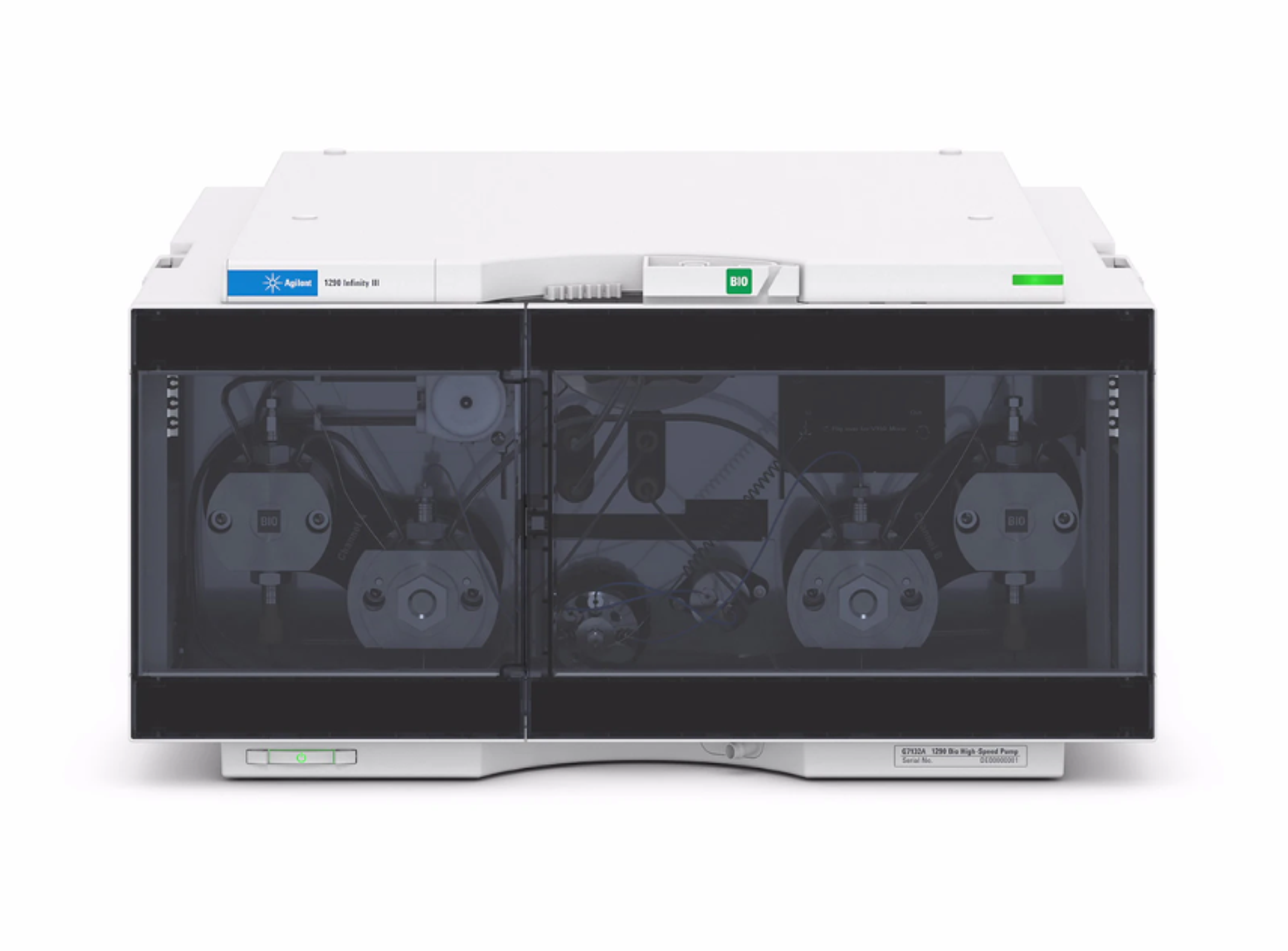Agilent 1260 Infinity III Diode Array Detector HS
The 1260 Infinity III Diode Array Detector HS, with a fixed slit design, is based on the Agilent Max-Light Cartridge Cell with optofluidic waveguides, which improve light transmission to near 100% efficiency without sacrificing resolution caused by cell dispersion effects.
Great detector! Time-saving and efficient quantification!
Analysis of Vitamins and API's in various matrices of samples
I love this detector as we are able to quantify various active compounds up to 8 different wavelengths at one injection while at gradient mode. In addition, having this kind of detector, we are able to develop in-house method to optimize our testing capabilities in the laboratory.
Review Date: 4 Feb 2022 | Agilent Technologies
With typical detector noise levels of less than ±0.6 µAU/cm, the 60 mm flow cell gives up to 10 times higher sensitivity than detectors with conventional flow cells.
Any compromising refractive index and thermal effects are eliminated, resulting in significantly less baseline drift for more reliable and precise peak integration. Multiple wavelength and full spectral detection with up to 120 Hz data rates enable precise identification, quantification, and purity analysis at trace levels for fast LC separations.
Features
- Universal Agilent Max-Light standard cartridge cell with 10 mm optical path length provides high sensitivity (noise: less than ±3 µAU) and low peak dispersion for 2.1, 3.0, and 4.6 mm id columns
- Keeps pace with fast analysis speeds, with multiple wavelength and full spectral detection at a high sampling rate of 120 Hz
- More reliable and robust peak integration process through less baseline drift
- Full spectral detection for compound identification by spectral libraries or verification of the separation quality with peak purity analysis for ultrafast LC. Simultaneous detection of up to eight signals for increased sensitivity and selectivity
- New levels of data traceability with radio frequency identification (RFID) technology for flow cells and lamps
- Next-generation electronic temperature control (ETC) provides maximum baseline stability and practical sensitivity under fluctuating ambient temperature and humidity conditions

